Future of churches at risk unless they reimagine their buildings, report finds
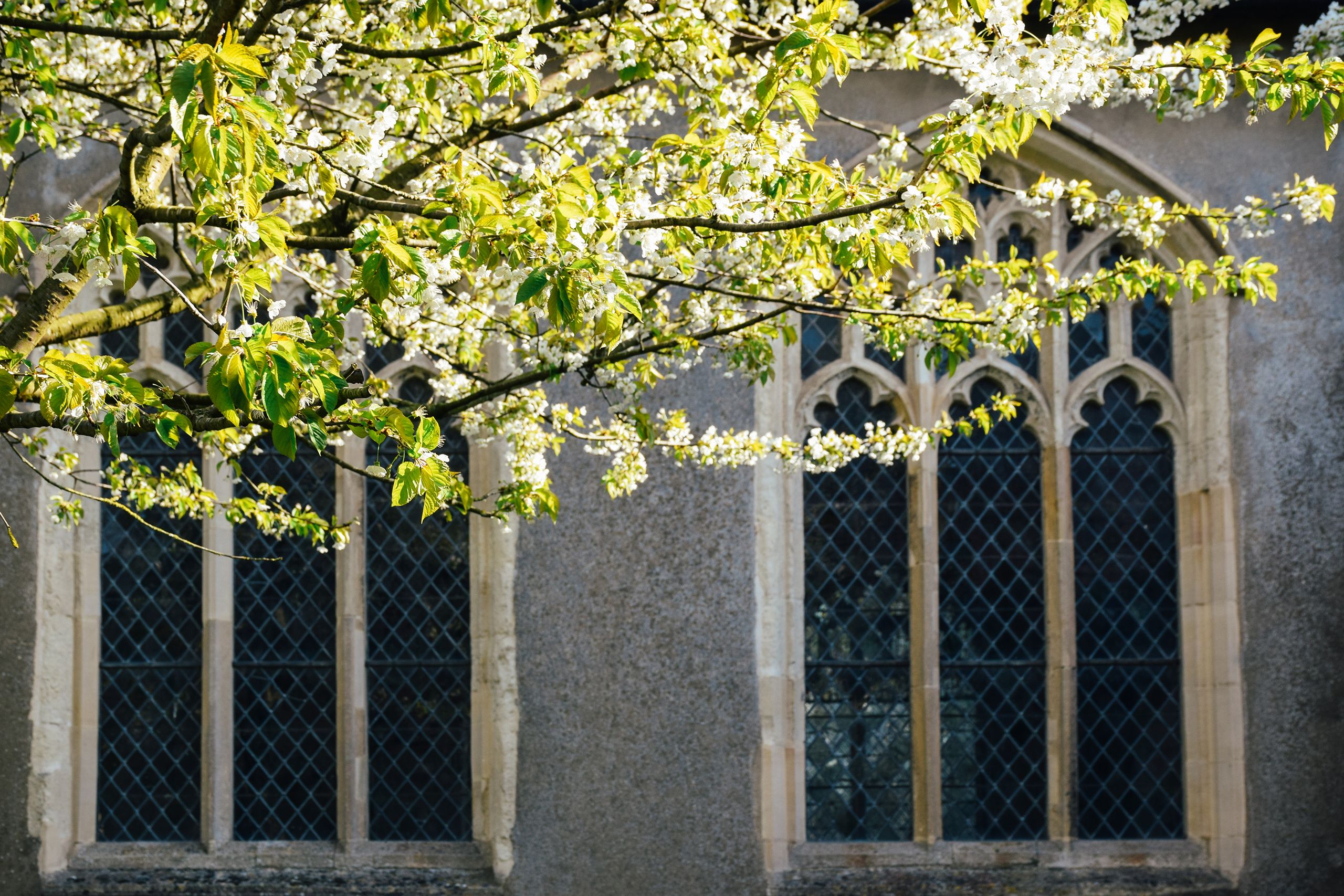
Audit finds the future of rural churches lies in their significance as assets for the wider community.
A third of church buildings cost more money each year than they are able to raise and only one in five is financially profitable, according to an audit of churches carried out in Cambridgeshire and West Norfolk.
The Report, published today by the Cambridge Judge Business School (CJBS) and the Diocese of Ely, says that churches will need to strengthen their usefulness to communities and find innovative ways to remain financially sustainable if their future is to be secured.
Researchers surveyed all 334 churches in the Diocese of Ely, receiving responses from 73%. They found that churches played a significant role in communities with three-quarters of respondents noting that the closure of their local church would have a “devastating impact”. Church buildings were most valued for providing rites of passage services (78%), being a place for religious worship (72%) and offering a quiet space for reflection, thinking, and meditation (69%).
“Evaluating the success of the church in terms of the amount of funds it raises and the size of its congregation undervalues the contribution that churches and church buildings make to a community,” said lead author Helen Haugh, Associate Professor in Community Enterprise at Cambridge Judge Business School and Research Director at the Cambridge Centre for Social Innovation at Cambridge Judge.
“There are options for churches that struggle with financial sustainability, the least preferred of which is to close the church. Our research is about finding ways to keep churches open.”
The audit assessed the wider community use of church buildings and the contribution that churches made to the common good. They found that three-quarters of church buildings held community activities in 2019, an increase of 27% since 2012. “These ranged from blood donation to debt counselling and coffee mornings to concerts,” said Dr Timur Alexandrov, Postdoctoral Research Associate of the project.
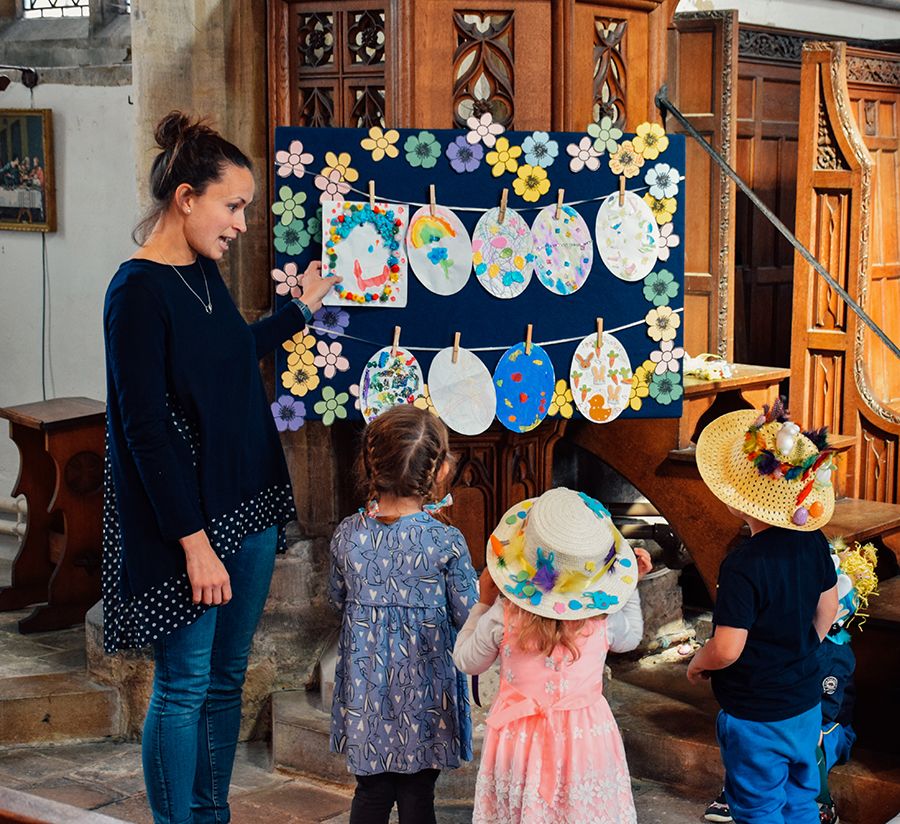
St John Somersham hosting a children playground event
St John Somersham hosting a children playground event
“Churches want to work in collaboration with communities,” said Haugh. “I was surprised by how innovatively church buildings are being used. For example, one is used as a space for a circus troupe to practice in – they needed a high ceiling!”
The study, REACH Ely (Reimagining Churches as Community Assets for the Common Good), gives ten recommendations for churches to connect with the wider population. These will support the Diocesan Strategy for growth to the year 2025 and beyond - People Fully Alive: Ely 2025. The free resources are available online to help churches plan for the future and engage with their local communities.
The recommendations include replicating events that generate a high footfall, using social media to reach a wider audience and integrating with the community by partnering with schools and co-organising events for children at church buildings and church halls.
Tools being made available to churches include video interviews, developed by Dr Alexandrov, with churches who have been successful at embedding themselves in their local communities, guidance documents and templates to assist with the process of re-imagining church buildings as community assets.
“Over the past three years the work of REACH Ely has discovered some real secrets of success for rural churches,” said Geoffrey Hunter, Head of Church Buildings and Pastoral at the Diocese of Ely.
“The project has revealed a hunger for change, with many churches planning for their futures. Through a combination of videos, guidance and practical tools, we will be helping to replicate the success stories, so more of our churches can look forward to a sustainable future as community assets, loved and supported by all.”
The project was implemented by the Diocese of Ely and Cambridge Judge Business School with the support of Benefact Trust and Historic England.
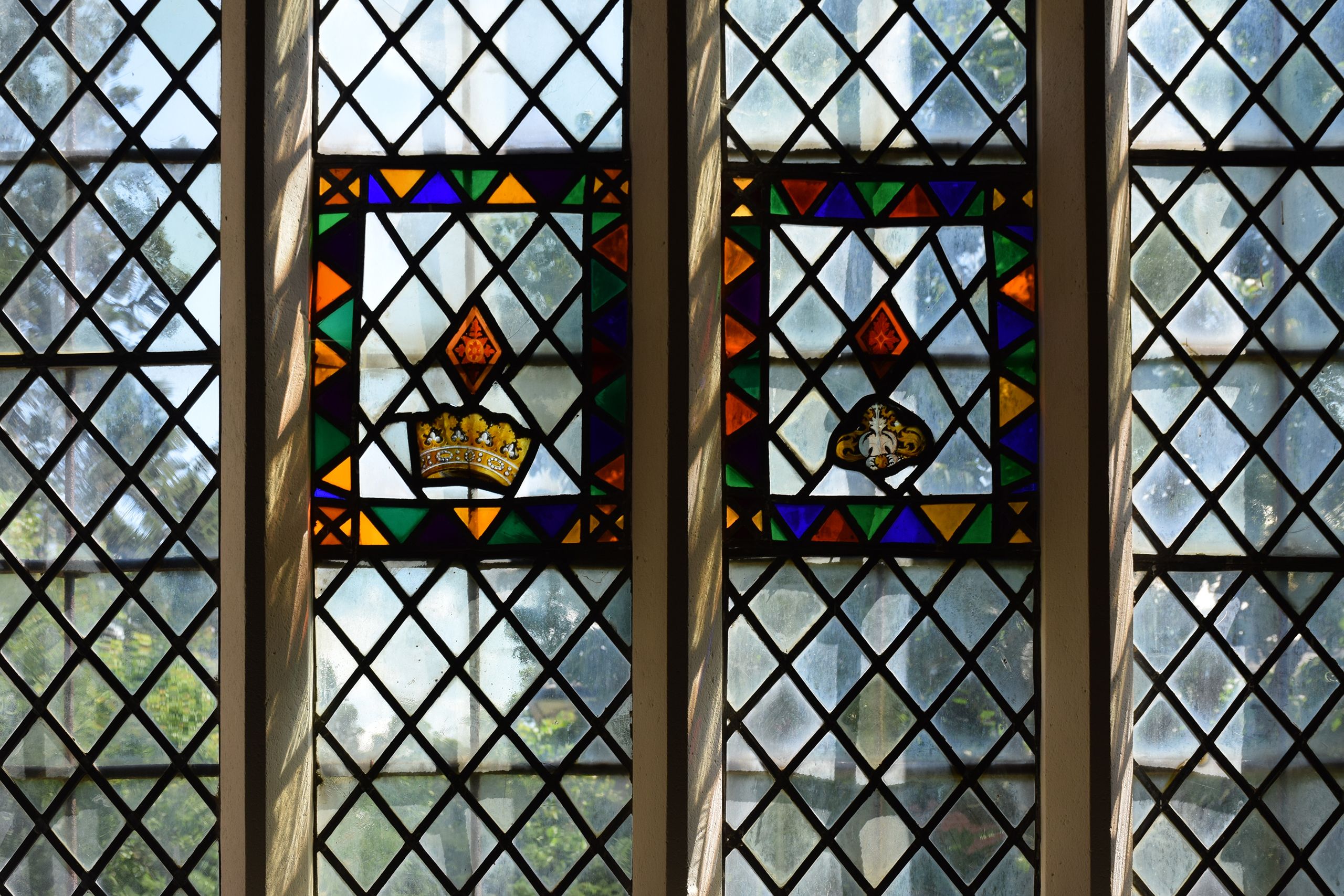
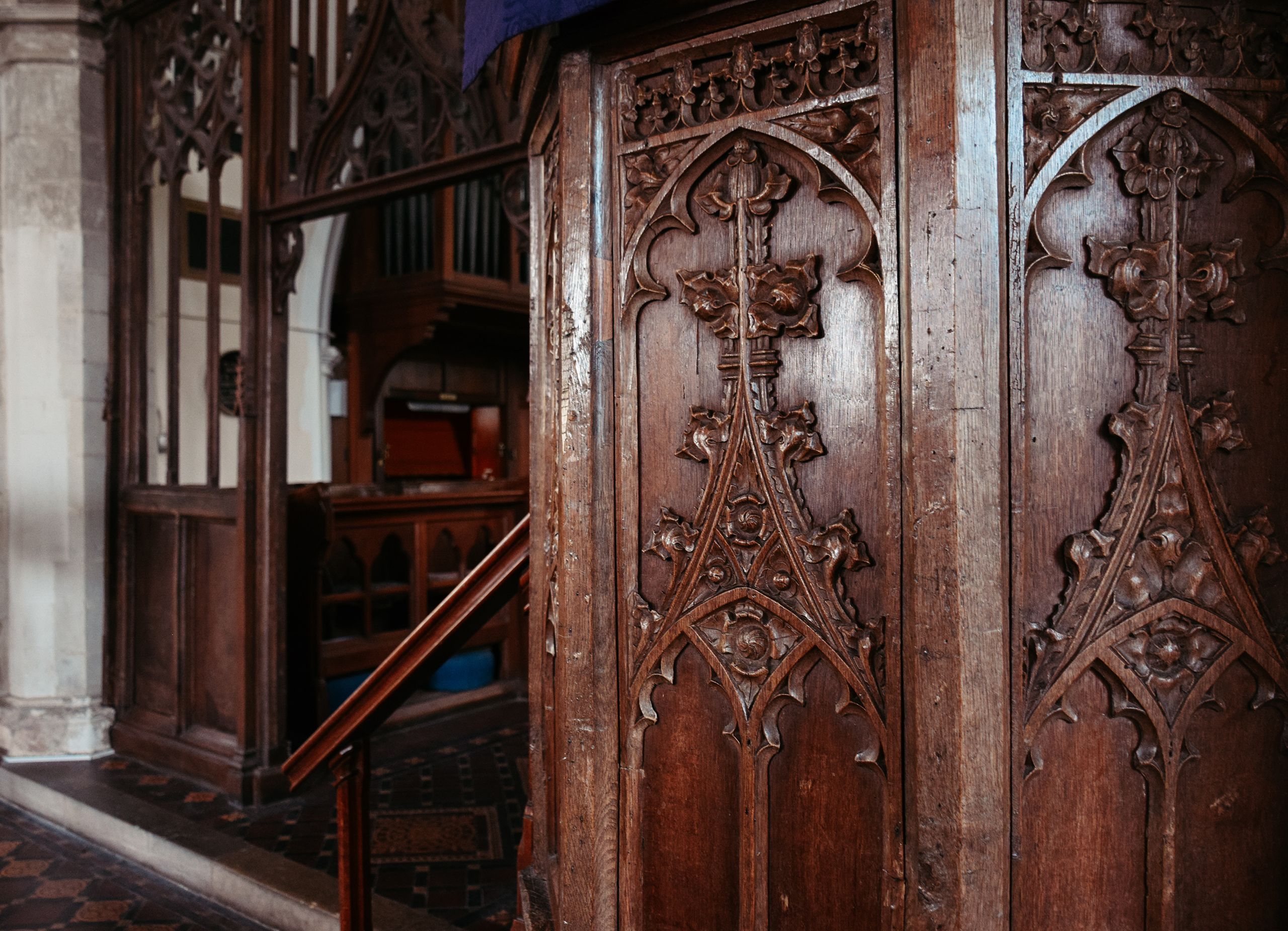
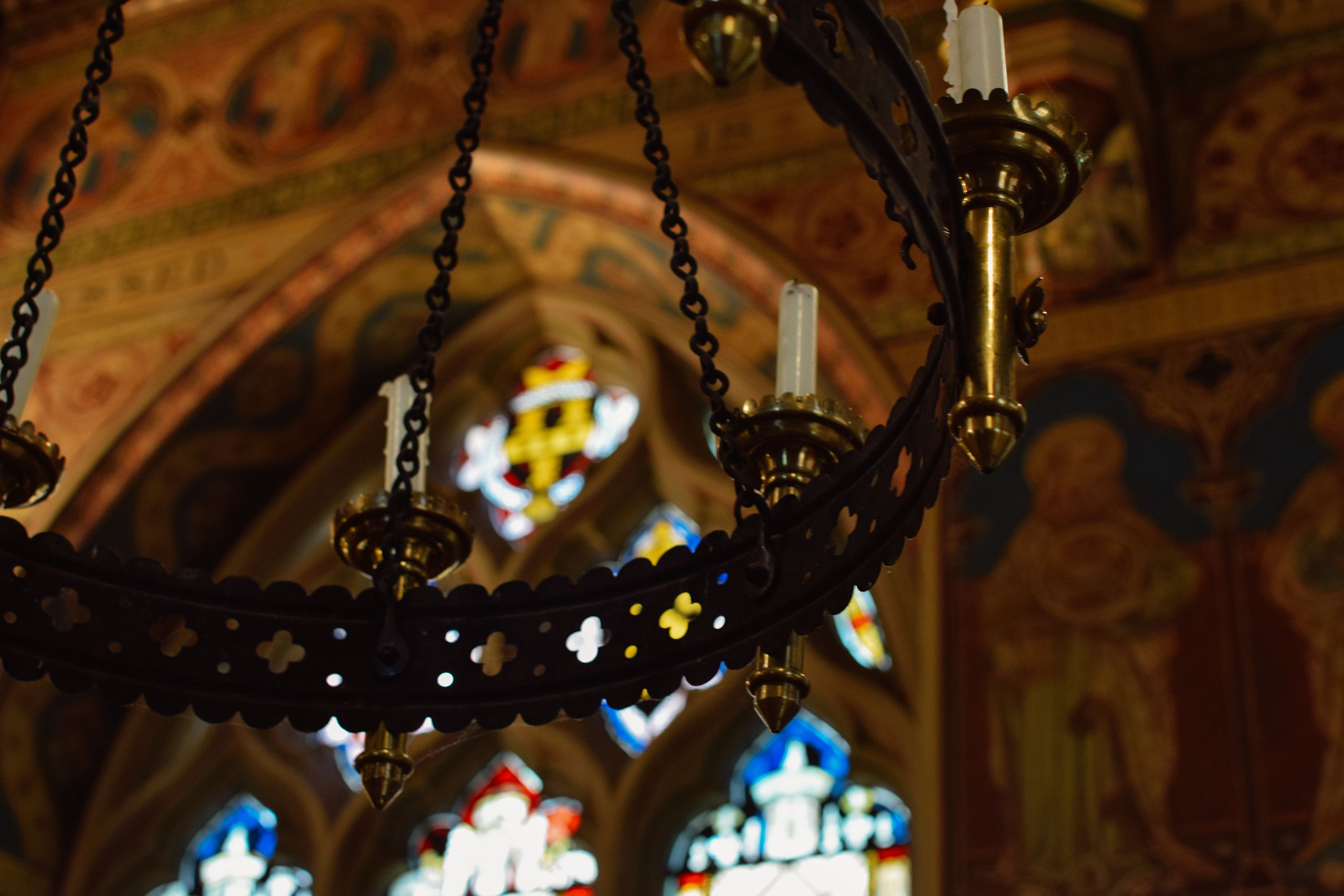
Case studies
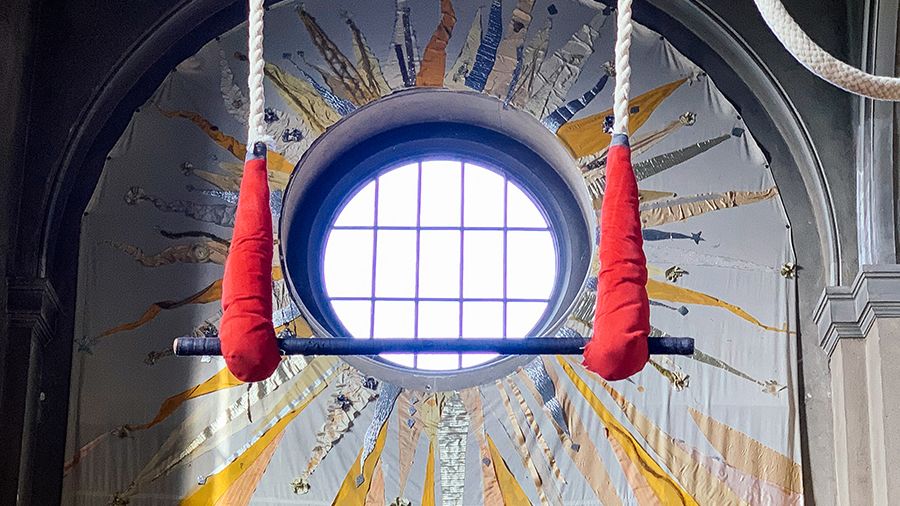
St George, Chesterton, Cambridge
Church Category: Suburban
Congregation to Population Ratio: 33 / 8,701
Fundraising:
- The church has not carried out fundraising for major improvements to the fabric of the buildings
Income Generation:
- Rentals of recording studio and church hall
- Circus group
Community Engagement:
- Hope Church initiative
- Social prescribing plans
- Circus group
- Chesterton Festival
- Film nights
- Barbecues
- Listening exercise
- Church and families worker
- Ideas for a Parallel Lives project
- Working with the elderly
- Community survey
- Community space
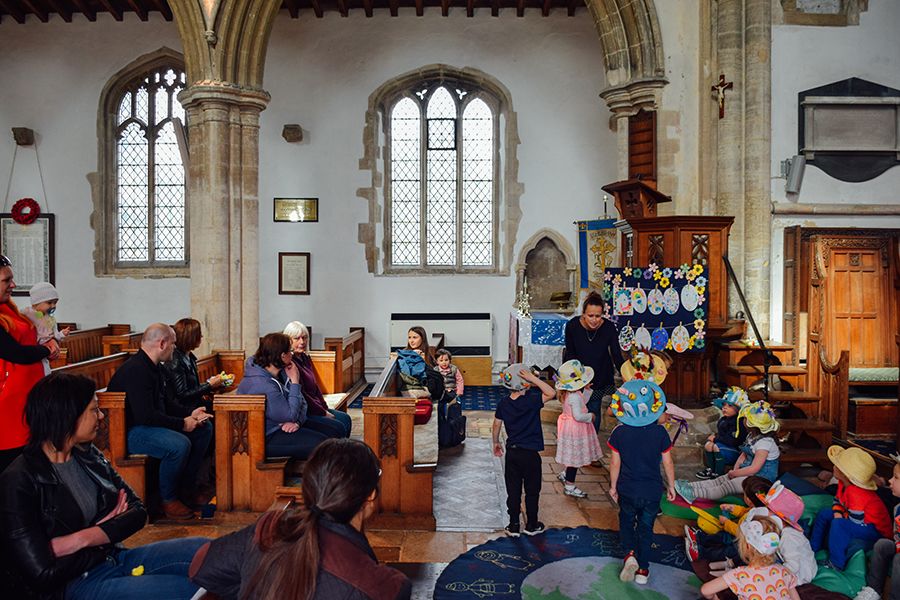
St John the Baptist, Somersham
Church Category: Rural
Congregation to Population Ratio: 41 / 3,844
Fundraising:
- Friends of the church group
- Individual bequests
- Standing orders
- Envelope scheme
- Parish giving scheme
- Sponsored Ride and Stride
- Micro-fundraising
Income Generation:
- Rental income
- Market produce stall run by the Friends group
- Flower festival
- Christmas Tree festival
- Concerts
Community Engagement:
- Outreach Group
- Over Sixties Club
- Festivals and concerts
- Stall at the annual Somersham Carnival
- Servery area in the church
- Children’s playground
- Coffee mornings
- Collaborations with nursery, schools and local charities.
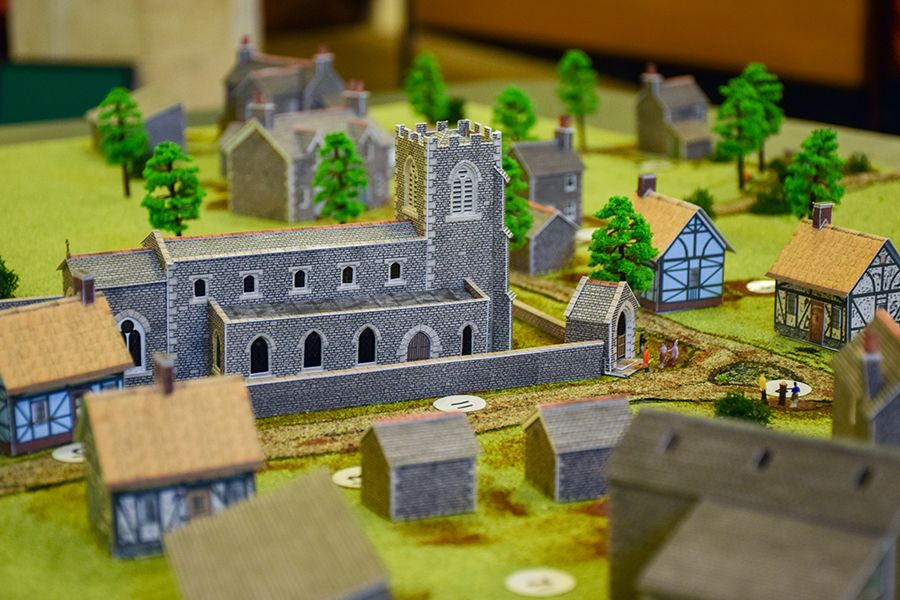
St James, Little Paxton
Church Category: Rural
Congregation to Population Ratio: 50 / 3,427
Fundraising:
- Fundraising campaign ‘Church for Tomorrow’ (2008)
- Grants
- Loans
- Sale of Victorian pews
- Individual sponsorship
- Parish giving scheme
- Contactless donations
Income Generation:
- Rental donations
- Concerts
- German Christmas Market
- Cinema screening
Community Engagement:
- Little Paxton Pictures
- Bell-ringing team
- Tots and Carers
- Exercise classes
- Simply Saturday monthly lunch club
- Knit, Stitch & Natter group
- German Christmas market
- Concerts
- Special cinema screening with dementia group
- Collaboration with school assemblies
- Social media engagement with benefice Facebook page and website
- Pastoral care as requested
Published 15 November 2022
With thanks to:
Timur Alexandrov
Helen Haugh
Geoffrey Hunter
Research:
Timur Alexandrov
Helen Haugh
Photography:
Timur Alexandrov
Words:
Charis Goodyear
The text in this work is licensed under a Creative Commons Attribution 4.0 International License
